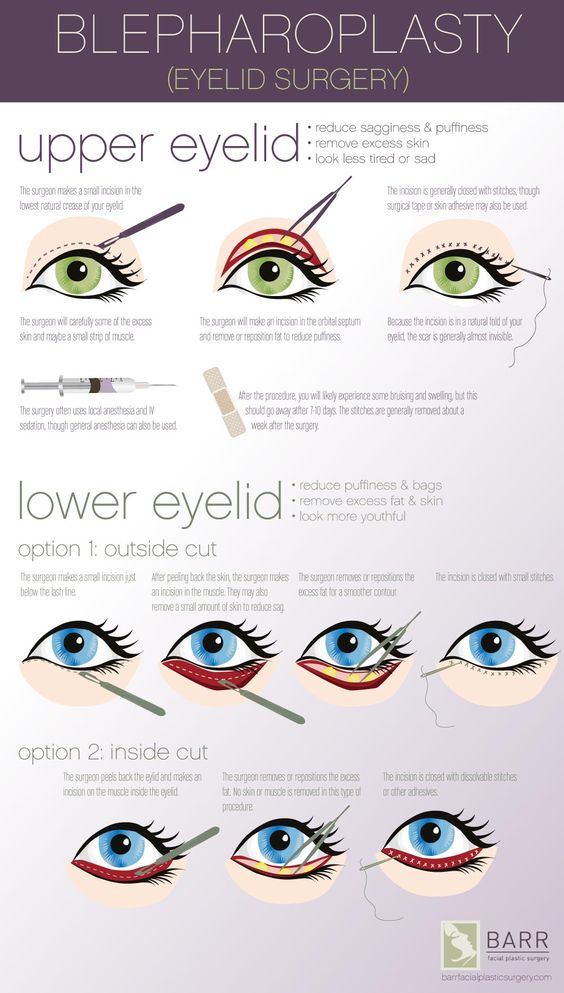Blepharoplasty, commonly known as eyelid surgery, is a cosmetic or reconstructive procedure that addresses issues related to the eyelids. This surgery can improve the appearance of the upper and lower eyelids by removing excess skin, fat, and muscle. Whether it is for aesthetic enhancement or to improve vision by correcting sagging eyelids, blepharoplasty is a popular procedure that can provide long-lasting results. Here’s a detailed look at what blepharoplasty entails, its benefits, risks, and recovery process.
What Is Blepharoplasty?
Blepharoplasty is a surgical procedure designed to correct the appearance of the eyelids. There are two main types of blepharoplasty:
Upper Eyelid Blepharoplasty: This surgery focuses on the upper eyelids, often correcting droopy or sagging eyelids that may impair vision or create a tired appearance. The procedure involves removing excess skin, fat, and sometimes muscle to create a smoother, more youthful look.
Lower Eyelid Blepharoplasty: This surgery addresses the lower eyelids, typically targeting puffiness, bags, or wrinkles. It often involves the removal or repositioning of fat and skin to reduce the appearance of under-eye bags and create a more refreshed look.
Reasons for Blepharoplasty
People choose blepharoplasty for both cosmetic and functional reasons:
Aesthetic Improvement: As we age, the skin around the eyes loses its elasticity, causing droopy eyelids, bags under the eyes, and wrinkles. Blepharoplasty can rejuvenate the eyes, creating a more youthful and refreshed appearance.
Vision Correction: In some cases, excess skin on the upper eyelids can droop enough to impair vision, especially in the peripheral field. By removing the excess tissue, blepharoplasty can improve both the appearance and function of the eyes.
Congenital or Medical Issues: Some people may have naturally occurring asymmetries or medical conditions that affect the appearance or function of the eyelids. Blepharoplasty can correct these issues, improving the overall appearance and quality of life.
The Blepharoplasty Procedure
Blepharoplasty is typically performed as an outpatient procedure under local anesthesia with sedation or general anesthesia, depending on the complexity of the surgery and the patient’s preferences.
Pre-Surgery Preparation: Before the procedure, your surgeon will evaluate your medical history, discuss your goals, and examine the structure of your eyelids. You may need to stop taking certain medications or supplements that can increase the risk of bleeding.
The Surgery: During the procedure, the surgeon makes incisions along the natural creases of the eyelids to minimize scarring. For the upper eyelid, an incision is made in the natural fold to remove or reposition fat and tighten the skin. For the lower eyelid, the incision is often made just below the lash line or inside the lower eyelid (transconjunctival approach), allowing access to remove or redistribute fat.
Stitches and Healing: After the necessary corrections are made, the incisions are closed with fine sutures. The surgery usually takes between one to three hours, depending on whether both upper and lower eyelids are treated.
Recovery Process
The recovery period for blepharoplasty typically lasts several weeks, with the most noticeable healing occurring within the first 10 to 14 days.
Initial Recovery: During the first week after surgery, patients may experience swelling, bruising, and mild discomfort around the eyes. Cold compresses, prescribed medications, and elevating the head while sleeping can help manage these symptoms. Stitches are typically removed within a week.
Returning to Normal Activities: Most people can return to work and normal activities within 10 to 14 days, although strenuous activities should be avoided for at least two to three weeks. It’s also important to protect the eyes from sun exposure and avoid wearing contact lenses during the initial recovery period.
Long-Term Results: The final results of blepharoplasty become more apparent as swelling and bruising subside. The results can last for many years, although the natural aging process will continue to affect the skin over time.
Risks and Considerations
Like any surgical procedure, blepharoplasty carries some risks. Potential complications include:
Infection and Bleeding: While rare, infection and bleeding can occur, which is why it’s essential to follow post-operative care instructions closely.
Scarring: Though the incisions are carefully placed along natural lines, some minor scarring may occur, but it typically fades over time.
Dry Eyes: Some patients may experience temporary dryness or irritation in the eyes, which usually resolves with proper care.
Asymmetry or Incomplete Results: There is a possibility of uneven healing or dissatisfaction with the results, which may require revision surgery.
Is Blepharoplasty Right for You?
Blepharoplasty is a highly individualized procedure that can significantly improve the appearance of the eyes and, in some cases, improve vision. Ideal candidates are generally healthy non-smokers with realistic expectations about the outcome of the surgery. Consultation with a board-certified plastic surgeon is essential to determine whether you are a good candidate for the procedure and to discuss the potential risks and benefits in detail.












